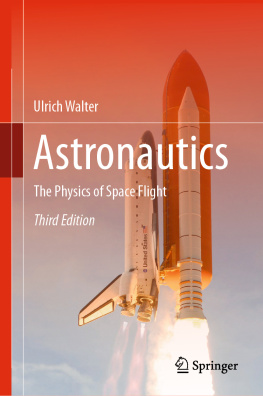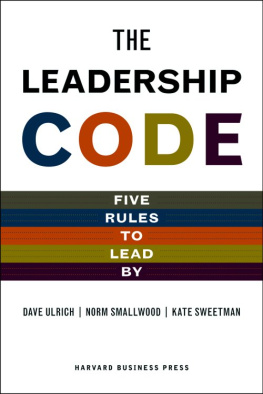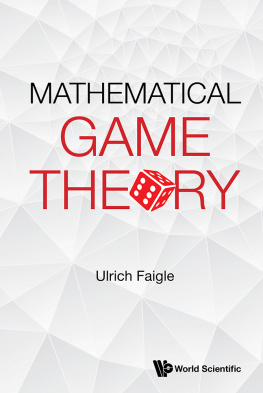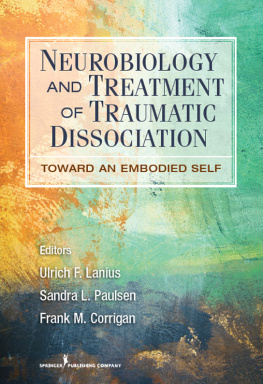Ulrich Walter - Astronautics
Here you can read online Ulrich Walter - Astronautics full text of the book (entire story) in english for free. Download pdf and epub, get meaning, cover and reviews about this ebook. year: 0, publisher: Springer International Publishing, genre: Romance novel. Description of the work, (preface) as well as reviews are available. Best literature library LitArk.com created for fans of good reading and offers a wide selection of genres:
Romance novel
Science fiction
Adventure
Detective
Science
History
Home and family
Prose
Art
Politics
Computer
Non-fiction
Religion
Business
Children
Humor
Choose a favorite category and find really read worthwhile books. Enjoy immersion in the world of imagination, feel the emotions of the characters or learn something new for yourself, make an fascinating discovery.
- Book:Astronautics
- Author:
- Publisher:Springer International Publishing
- Genre:
- Year:0
- Rating:4 / 5
- Favourites:Add to favourites
- Your mark:
- 80
- 1
- 2
- 3
- 4
- 5
Astronautics: summary, description and annotation
We offer to read an annotation, description, summary or preface (depends on what the author of the book "Astronautics" wrote himself). If you haven't found the necessary information about the book — write in the comments, we will try to find it.
Astronautics — read online for free the complete book (whole text) full work
Below is the text of the book, divided by pages. System saving the place of the last page read, allows you to conveniently read the book "Astronautics" online for free, without having to search again every time where you left off. Put a bookmark, and you can go to the page where you finished reading at any time.
Font size:
Interval:
Bookmark:
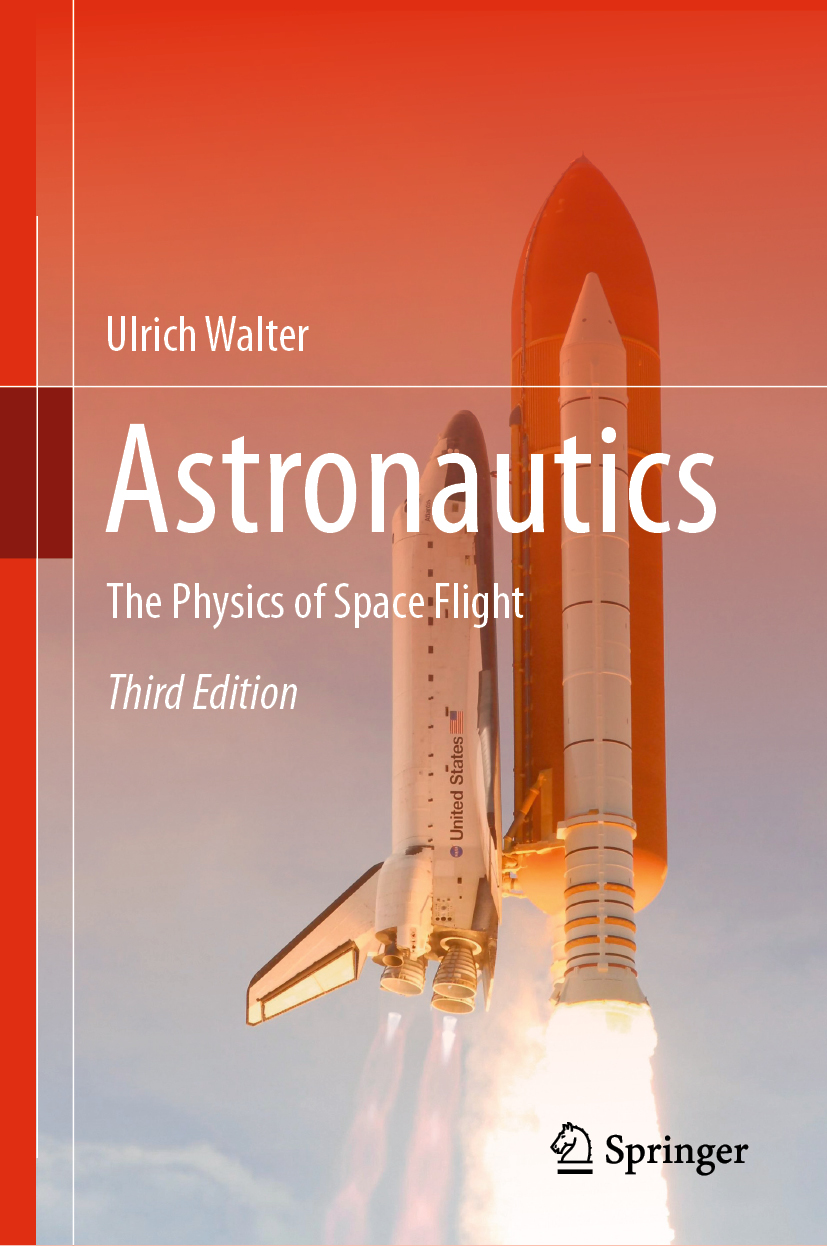

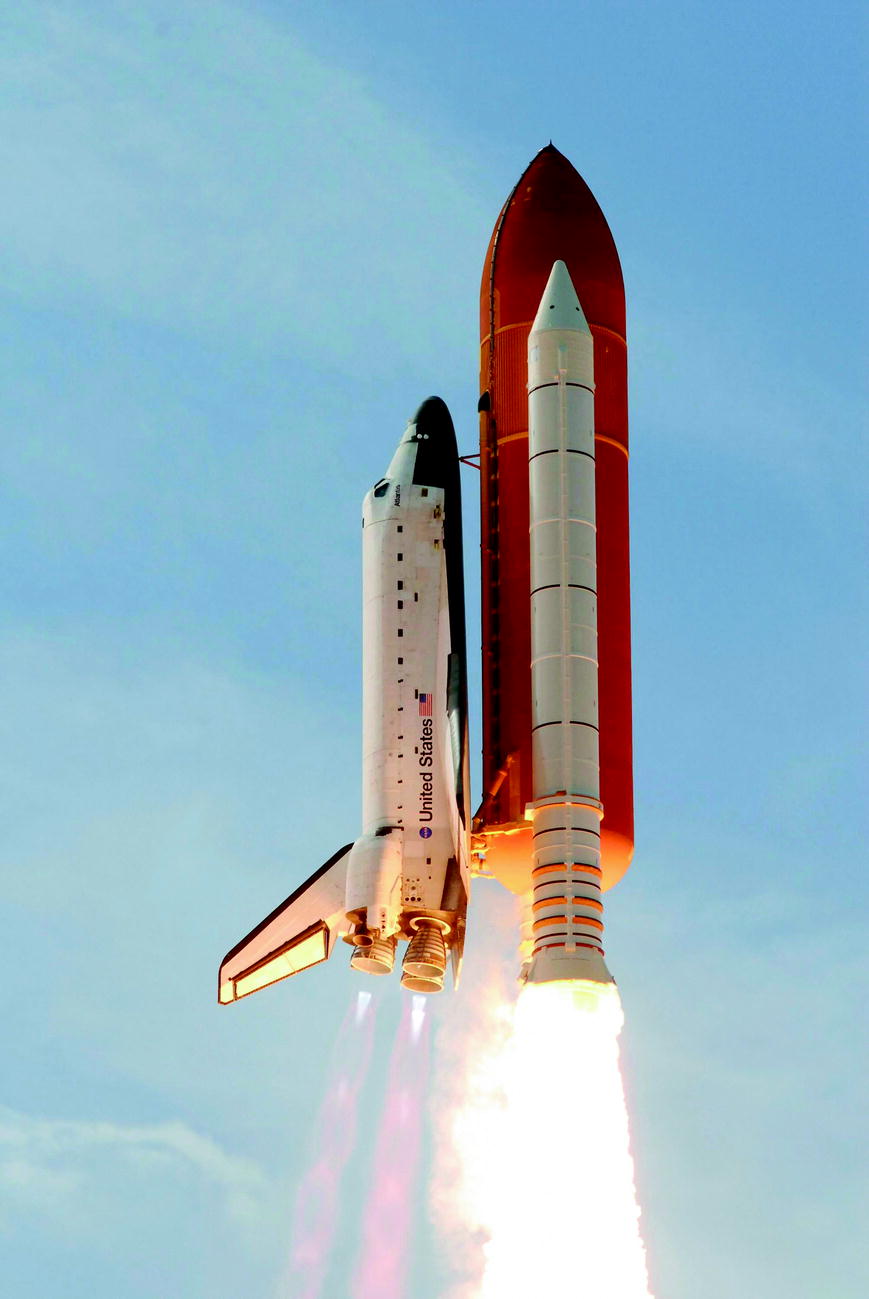
Cover: The Space Shuttle Atlantis launched on February 7, 2008, to ferry on its 29th flight the European science laboratory Columbus to the International Space Station. (Used with permission of NASA)
This Springer imprint is published by the registered company Springer Nature Switzerland AG
The registered company address is: Gewerbestrasse 11, 6330 Cham, Switzerland
This book is dedicated to the astronauts and cosmonauts, who lost their lives in the pursuit of space exploration
Sections dealing with the physics of a jet engine and general rocket performance have been widely extended to more sophisticated effects.
Sections describe two general solutions to Newtons gravitational equation of motion.
Section studies stellar orbits, which are not subject to the standard but more general types of gravitational potentials.
Hypersonic flow theory for reentry vehicles is expounded in Sect. ).
Accordingly, the reentry of a Space Shuttle, which in this book even more serves as a case study, is explained in Sect. in greater detail and in terms of NASA terminology.
In Sect. , the different basic types of orbit maneuvers are discussed and exemplified.
A new form of solution of Lamberts problem is derived in Sect..
Section discusses modern super-synchronous transfer orbits to GEO.
Relative motion in near-circular orbits is examined in Sect..
The virial theorem for bounded and unbounded n-body systems is derived in Sect. and used to discuss the stability of an n-body system.
Section ( Gravitational Perturbation Effects ) has been revised and greatly extended including other and higher order perturbation terms.
Chapter on orbit determination.
There is a whole new Chap. Spacecraft Attitude Dynamics , namely to provide insight into some basic and important physics of a spacecraft in space.
Some sections have been substantially revised and there a hundreds more or less significant extensions of established topics of space fight as already covered in the 2nd version of this textbook.
I put a lot of effort into introducing and using a proper terminology, or establishing one if not existent. An example of the former is the distinction between orbital velocity v , angular velocity , angular frequency  , and orbital frequency n , which are sometimes confused. Orbital velocity v is the speed of motion of a body on an orbit. Angular velocity is the instantaneous speed of angular motion, while angular frequency
, and orbital frequency n , which are sometimes confused. Orbital velocity v is the speed of motion of a body on an orbit. Angular velocity is the instantaneous speed of angular motion, while angular frequency  is the number of revolutions in a given time. Finally, orbital frequency n (a.k.a. mean motion) is the time average of the angular velocity over one orbital period T (see Eq. ( )). Thus,
is the number of revolutions in a given time. Finally, orbital frequency n (a.k.a. mean motion) is the time average of the angular velocity over one orbital period T (see Eq. ( )). Thus,  ; it therefore can be considered both as a mean angular velocity (i.e., mean angular motion) and as a frequency, the orbital frequency. Because proper terminology is essential, the conventional symbols used table on the following pages also serves the purpose of enabling one to look up the proper terminology for a physical quantity.
; it therefore can be considered both as a mean angular velocity (i.e., mean angular motion) and as a frequency, the orbital frequency. Because proper terminology is essential, the conventional symbols used table on the following pages also serves the purpose of enabling one to look up the proper terminology for a physical quantity.
Because physics is independent of the choice of the reference system, the third version consequently uses a reference system-free vector notation (except auxiliary corotating reference systems in Sects..
Finally, I feel the need to a very personal comment on textbooks in general. When I was a student, I bought some expensive but basic physics textbooks, which are still in my office shelf and serve as my reference books, because true physics is eternal. Compare buying a textbook with a marriage. You do not just buy it. It must have a kind of visuala tactile sensuality: You open it with joyful anticipation. Your fingers glide over the pages, and they slowly turn one page after the other. You like the layout, the way the book talks to you, and how it explains the world from a point of view you have never considered before. You just love it, and thus it will become part of your daily scientific work. You may forget little physical details, but you will always remember that the one you are looking for is on top of the left-hand page somewhere in the middle of the book. You will never forget that visual detail, and therefore you will always find the answer to your question quite swiftly. I have about a handful of such key textbooks, which I would not sell in my lifetime. I sense that these books were written for guiding me through my scientific life. For me, writing this book was for giving back to other people what many scientists before had given to me. We all are standing on the shoulders of giants. May this textbook keep and pass the body of basic knowledge to you and future generations.
Font size:
Interval:
Bookmark:
Similar books «Astronautics»
Look at similar books to Astronautics. We have selected literature similar in name and meaning in the hope of providing readers with more options to find new, interesting, not yet read works.
Discussion, reviews of the book Astronautics and just readers' own opinions. Leave your comments, write what you think about the work, its meaning or the main characters. Specify what exactly you liked and what you didn't like, and why you think so.

